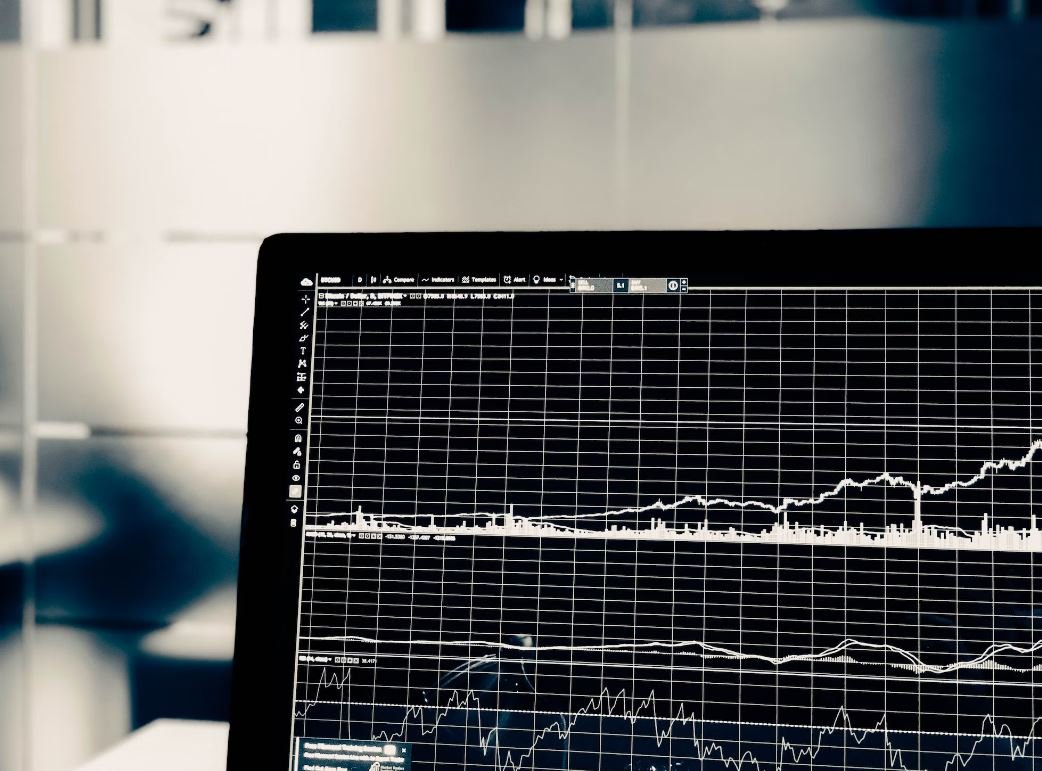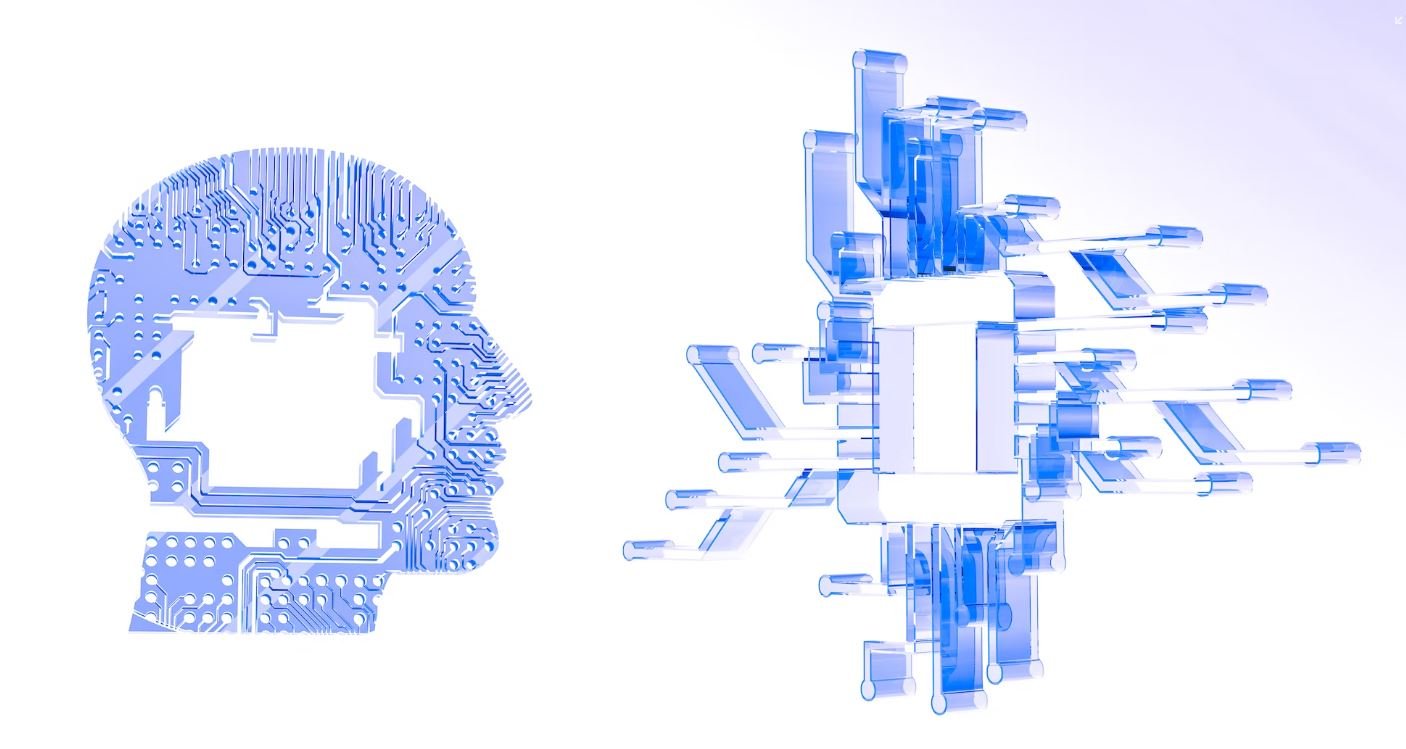Film vs. Digital Recording Debate
The debate between film and digital recording has been ongoing for years in the world of filmmaking. With advancements in technology, filmmakers have more options than ever when it comes to choosing the medium for their projects. Both film and digital recording have their respective advantages and disadvantages, making the decision a matter of personal preference and project requirements.
Key Takeaways:
- Film and digital recording both have their unique attributes and advantages.
- Factors such as cost, image quality, and workflow impact the choice between film and digital recording.
- Film offers a distinct visual aesthetic and provides a unique shooting experience.
- Digital recording allows for immediate playback and post-production flexibility.
Cost Considerations
One important factor to consider when choosing between film and digital recording is the cost. Digital recording eliminates the need for costly film stock, processing, and storage. *However, the initial investment in digital equipment and post-production can be significant.* Film, on the other hand, requires the purchase and processing of physical film rolls, which can add up over time. *Additionally, the cost of film cameras and lenses may be higher compared to digital alternatives.*
Image Quality
Image quality is a crucial aspect of any recording medium. Film has long been praised for its beautiful, organic look. **Each frame captures a unique and grainy texture that is difficult to replicate digitally**. Moreover, film offers a broader color range, subtle contrast, and a dynamic range that allows for exquisite detail in highlights and shadows. Digital cameras, on the other hand, have made significant strides in recent years. **Modern digital cameras can produce crisp, high-resolution images with impressive color accuracy**. While the differences are narrowing, some filmmakers still prefer the distinct character of film.
Workflow and Flexibility
The workflow and flexibility provided by each medium play a significant role in the choice of recording method. Film requires time-consuming processes such as loading film rolls, manual focus, and positioning. *However, the deliberate pace of shooting on film can be creatively inspiring and encourage careful planning.* Digital cameras, on the other hand, provide instant results with immediate playback. **It allows for quick adjustment and experimentation during production**. In post-production, digital recording offers greater flexibility for editing, color grading, and visual effects integration, allowing filmmakers to achieve their desired vision more efficiently.
Table 1: Comparison of Film and Digital Recording
| Aspect | Film | Digital Recording |
|---|---|---|
| Cost | Expensive due to film stock and processing costs | Initial equipment investment, but no ongoing material costs |
| Image Quality | Distinct aesthetic, grainy texture, broad color range | High-resolution images, impressive color accuracy |
| Workflow | Time-consuming processes, deliberate pace | Instant results, quick adjustments |
Considerations for Different Projects
When deciding between film and digital recording, it is essential to consider the requirements and goals of the specific project. For instance, for a period piece set in the 1950s, shooting on film can help capture the authentic look and feel of the era. *Alternatively, a documentary filmmaker might find the convenience and flexibility of digital recording more suitable for capturing real-life events as they unfold*. Each medium can enhance the storytelling based on the project’s objectives and artistic vision.
Table 2: Project Considerations
| Project Type | Film | Digital Recording |
|---|---|---|
| Period Piece | Authentic look and feel | Ability to recreate desired era in post-production |
| Documentary | Avoids a staged look, captures raw moments | Flexibility for unpredictable situations |
| Experimental | Unique aesthetic experimentation | Immediate feedback and adjustments |
The Future of Film and Digital Recording
As technology continues to advance, the line between film and digital recording becomes increasingly blurred. Digital cameras are now capable of emulating the film look through advanced algorithms and color grading techniques. However, **film purists argue that the tactile experience and tangible nature of working with film can never be replaced**. Whether one chooses film or digital recording, the decision ultimately depends on personal preference, artistic intent, and the specific requirements of the project.
Table 3: Film vs. Digital Pros and Cons
| Film | Digital Recording | |
|---|---|---|
| Advantages |
|
|
| Disadvantages |
|
|

Film vs. Digital Recording Debate
Common Misconceptions
One common misconception people have about the film vs. digital recording debate is that digital recording always produces a better quality image than film. However, this is not always the case. While digital cameras have come a long way in terms of technology and can produce high-resolution images, film still has its unique qualities and can provide a distinct aesthetic that some photographers and filmmakers prefer.
- Digital cameras offer higher resolution and sharper images.
- Film has a unique grain that adds character to the image.
Another misconception is that film is obsolete and no longer relevant in today’s digital age. While it’s true that digital photography and cinematography have become more prevalent, many professionals and artists still value the tactile nature of working with film. It offers a different workflow and requires a more deliberate and thoughtful approach, which appeals to some creatives.
- Digital cameras provide instant feedback, making it easier to adjust settings on the fly.
- Film requires a more contemplative approach, forcing the photographer or filmmaker to carefully consider each shot.
A common misconception is that digital recording is easier and more convenient than shooting on film. While digital cameras have made the process of capturing and reviewing footage faster and more accessible, they also come with their own set of challenges. Digital files can be easily lost or corrupted, and post-production editing and color grading can be time-consuming and complex.
- Digital cameras allow for immediate playback and preview of footage.
Another misconception is that film is more expensive than shooting digitally. While it’s true that digital cameras eliminate the cost of film stock and processing, there are other factors to consider. Digital cameras require high-quality lenses, powerful computers, and storage solutions for the large amount of data generated. Additionally, film cameras can often be purchased second-hand at a lower cost.
- Film cameras can still be found at affordable prices on the second-hand market.
Lastly, some people mistakenly believe that digital recording is the only viable option for professional projects. While digital has become the industry standard in many areas, there are still filmmakers and photographers who prefer working with film, especially in certain genres or styles. The choice between film and digital ultimately depends on the artistic vision and desired outcomes of the project.

Film vs. Digital Recording: An Epic Battle
The film vs. digital recording debate has been raging on for years, captivating the hearts and minds of filmmakers, photographers, and enthusiasts alike. Here, we present ten fascinating tables that shed light on various aspects of this ongoing discussion. Brace yourselves for an intriguing journey into the realm of film and digital recording.
Table 1: Box Office Revenue Comparison
Explore the financial implications of film and digital recordings on the box office. Does one medium dominate the other in terms of revenue? Let’s find out!
Table 2: Environmental Impact
Delve into the environmental footprint of film and digital recordings. Which recording method is more sustainable? Unearth the numbers and weigh the impact.
Table 3: Image Clarity
Discover the resolution differences between film and digital recordings. Is there a discernible disparity in the visual quality? Examine the data and decide for yourself.
Table 4: Production Cost Breakdown
Uncover the various expenses involved in film and digital productions. Are there significant disparities in cost between the two methods? Delve into the details.
Table 5: Film Styles and Genres
Immerse yourself in the diverse world of film genres and styles. Which medium tends to dominate particular types of films? Explore the trends and statistics.
Table 6: Demographic Preferences
Peek into the preferences of different demographic groups when it comes to film and digital recordings. Are there any distinct patterns that emerge? Open up the world of demographics.
Table 7: Archival Preservation
Delve into the longevity of film and digital recordings. Which medium withstands the test of time? Ponder over the data and unveil the implications for future generations.
Table 8: Worldwide Accessibility
Examine the global reach of film and digital recordings. Which method allows for wider distribution and accessibility on a global scale? Embark on a journey across continents.
Table 9: Filmmaker Preferences
Glimpse into the minds of prominent filmmakers and their preferred recording methods. Do they favor film or digital for their projects? Discover the artistic inclinations of leading creatives.
Table 10: Technological Advancements
Witness the constant evolution of film and digital recording technologies. How have advancements in each method transformed the industry over time? Unlock the secrets of innovation.
In this tumultuous debate, the tables offer a captivating glimpse into the film vs. digital recording landscape. From financial implications to environmental concerns, image quality to technological advancements, each aspect contributes to the overall narrative. As filmmakers and technology enthusiasts continue to push the boundaries, this debate will likely endure for generations to come. The choice between film and digital remains a deeply personal and artistic decision, as showcased by those who create magic behind the lens.




